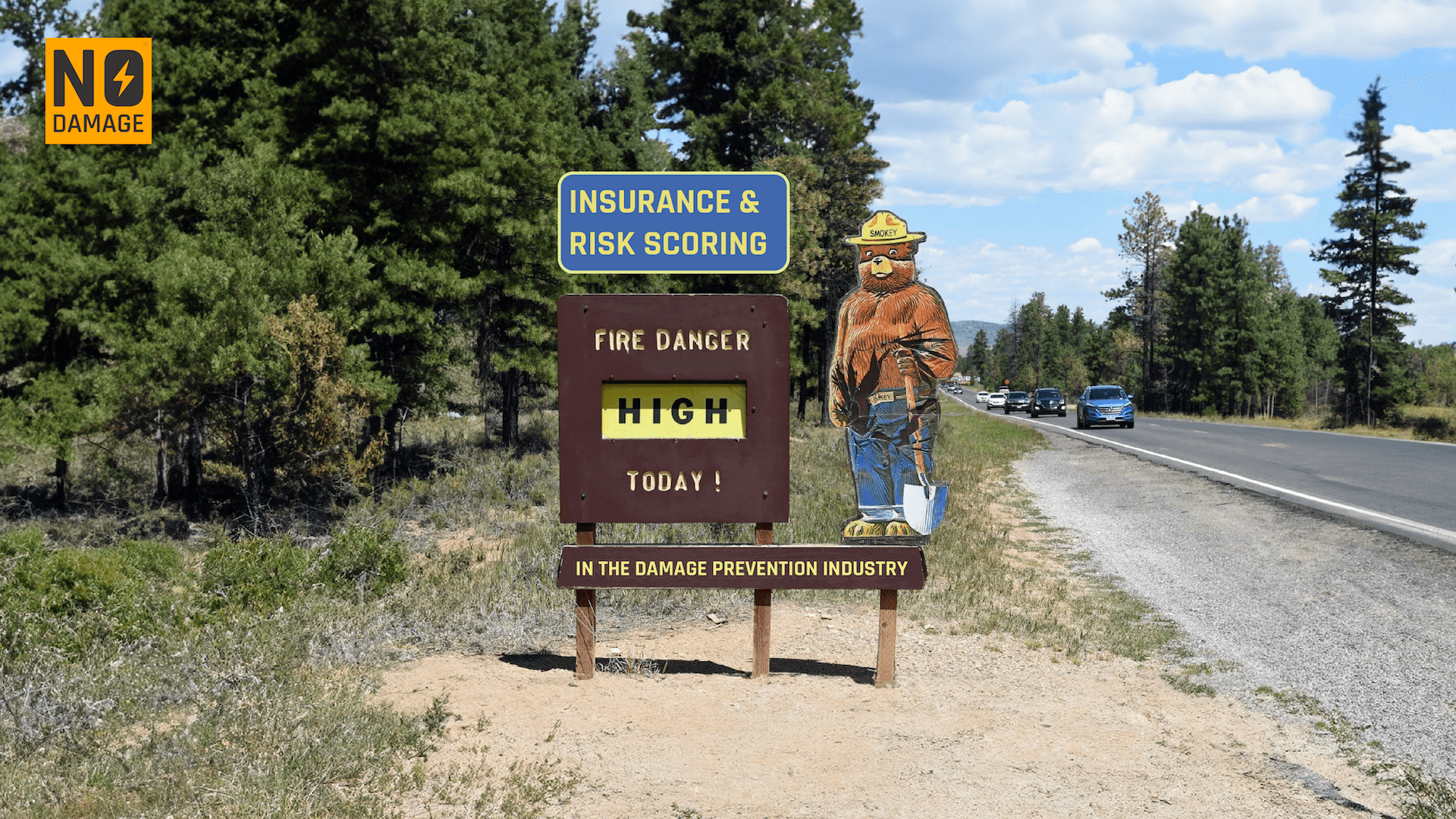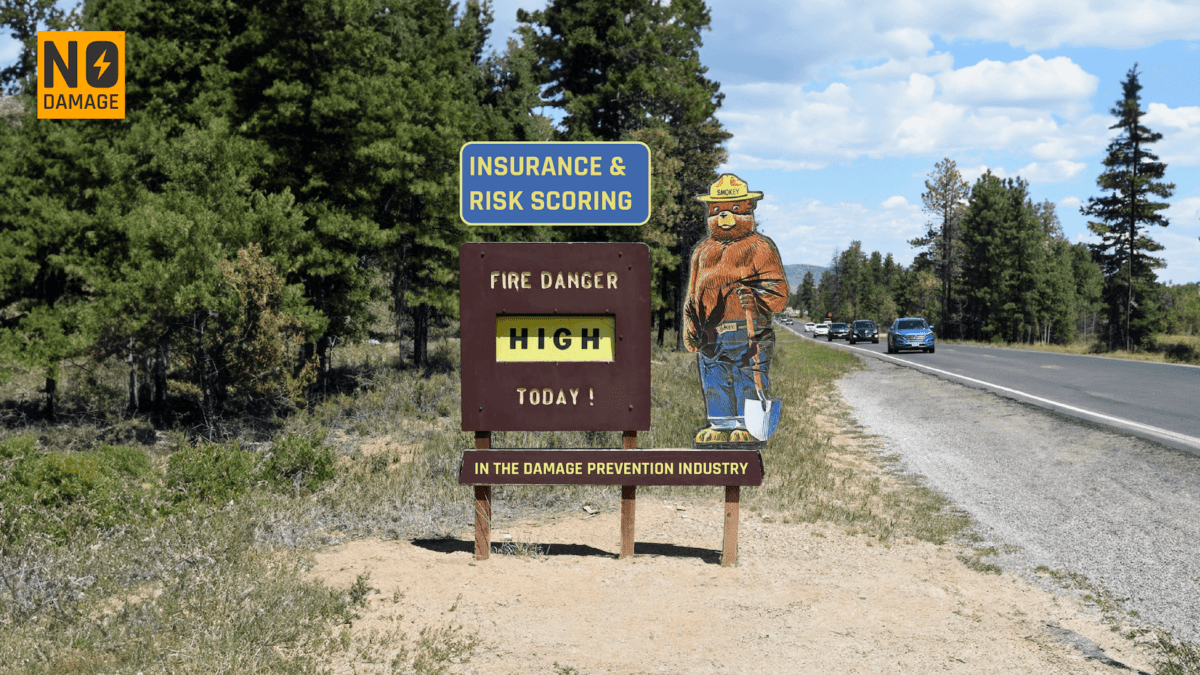
Over the last few weeks, there have been some major stories coming out of the insurance industry, particularly in regions prone to natural disasters like California. State Farm's recent decision to discontinue coverage for a substantial number of properties in the state serves as a potent example of these shifts. The rationale behind this move included escalating costs, heightened risk of catastrophes such as wildfires, and regulatory challenges stemming from outdated frameworks. This decision by State Farm resonates deeply within the damage prevention industry, especially concerning the adoption of risk scoring methodologies and AI-driven analyses within ticket management systems for high-risk excavation activities.
State Farm's decision was not made in isolation but was a culmination of various factors, primarily financial health considerations. The insurance giant, like many others, faces the daunting task of balancing profitability with risk exposure. With the increasing frequency and severity of natural disasters, especially in regions like California, insurance companies are compelled to reassess their risk management strategies. The rising costs associated with catastrophic events, such as wildfires, have put immense pressure on insurers to recalibrate their pricing models and coverage policies.
Moreover, the regulatory landscape adds another layer of complexity to the insurance industry's challenges. Outdated regulations can hinder insurers' ability to adapt swiftly to changing risk profiles, leading to uncertainties and financial strains. State Farm's decision to discontinue coverage for a significant number of properties underscores the impact of regulatory limitations on insurance operations. This scenario serves as a wake-up call for regulators to modernize frameworks, enabling insurers to navigate dynamic risk environments more effectively.
The damage prevention industry, which encompasses a range of stakeholders from utility providers to excavators and contractors, faces parallel challenges. Excavation activities, particularly in regions with a lot of above ground utility infrastructure like California, carry inherent risks of damaging underground utility lines. These damages not only pose safety hazards but also result in substantial financial losses for utility providers and insurers alike.
To address these challenges, the damage prevention industry has been embracing technological advancements, with AI-driven risk scoring emerging as a game-changer. Ticket management systems, which are central to coordinating locate and excavation activities, are now incorporating sophisticated AI algorithms to assess and mitigate risks. These systems analyze various factors such as historical locate data, excavation history, soil conditions, proximity to high-risk zones, and utility line specifications to generate risk scores for each dig request.
The integration of AI-driven risk scoring brings several benefits to the damage prevention ecosystem. Firstly, it allows stakeholders to prioritize high-risk excavation activities, ensuring that adequate precautions and supervision are in place to prevent damages. This proactive approach not only reduces the likelihood of accidents but also minimizes disruptions to utility services and avoids costly repairs.
Secondly, AI-enabled risk scoring promotes accountability and transparency within the industry. Contractors and excavators are incentivized to adopt safer practices and adhere to regulatory guidelines to maintain favorable risk scores. This culture of responsibility fosters a safer working environment and strengthens trust between stakeholders, including insurers who rely on accurate risk assessments for underwriting decisions.
However, the introduction of AI-driven risk scoring also brings forth challenges and considerations that need careful navigation. One of the primary concerns is the potential escalation of insurance costs for utilities and locators operating in high-risk areas. As AI algorithms identify more utility lines as high risk based on historical data and predictive analytics, insurers may adjust premiums accordingly. This could pose financial burdens on stakeholders, especially smaller utility providers and contractors.
Moreover, regulatory oversight becomes critical in ensuring the fairness and reliability of AI-driven risk scoring systems. Regulators must scrutinize the methodologies used for risk assessment, validate the accuracy of predictive models, and establish guidelines for transparent reporting and accountability. The California Department of Insurance's scrutiny of State Farm's decision to discontinue coverage highlights the importance of regulatory vigilance in safeguarding consumer interests and promoting industry best practices.
Another consideration is the potential impact of AI-driven risk scoring on infrastructure planning and investment decisions. In regions with high-risk profiles, such as wildfire-prone areas, utilities and municipalities may face pressure to underground utility lines to mitigate risks. While undergrounding utilities can enhance resilience and reduce exposure to external hazards, it requires substantial capital investments and regulatory approvals.
The shift towards undergrounding utilities may lead to debates regarding cost-sharing mechanisms, regulatory incentives, and long-term sustainability. Stakeholders must weigh the benefits of risk mitigation against the financial implications and operational challenges associated with underground infrastructure.
Despite these challenges, the integration of AI-driven risk scoring represents a significant step towards a more data-driven and proactive approach to damage prevention. By leveraging advanced analytics and machine learning algorithms, the industry can harness valuable insights from vast datasets, improve risk prediction accuracy, and enhance decision-making processes.
Furthermore, AI-driven risk scoring has the potential to foster innovation and collaboration within the damage prevention ecosystem. Utility providers, contractors, technology providers, and insurers can collaborate to refine risk scoring methodologies, share best practices, and develop standardized protocols for risk assessment and mitigation.
In conclusion, the convergence of insurance and risk scoring in the damage prevention industry signifies a paradigm shift towards resilience, safety, and efficiency. State Farm's decision in California serves as a catalyst for industry-wide introspection and innovation. The adoption of AI-driven risk scoring heralds a new era of risk management, where data-driven insights empower stakeholders to make informed decisions, minimize vulnerabilities, and safeguard critical infrastructure. However, to realize the full potential of AI-driven risk scoring, collaboration, transparency, and regulatory oversight are imperative. By navigating these challenges effectively, the damage prevention industry can pave the way for a safer and more resilient future.
Share this Post












